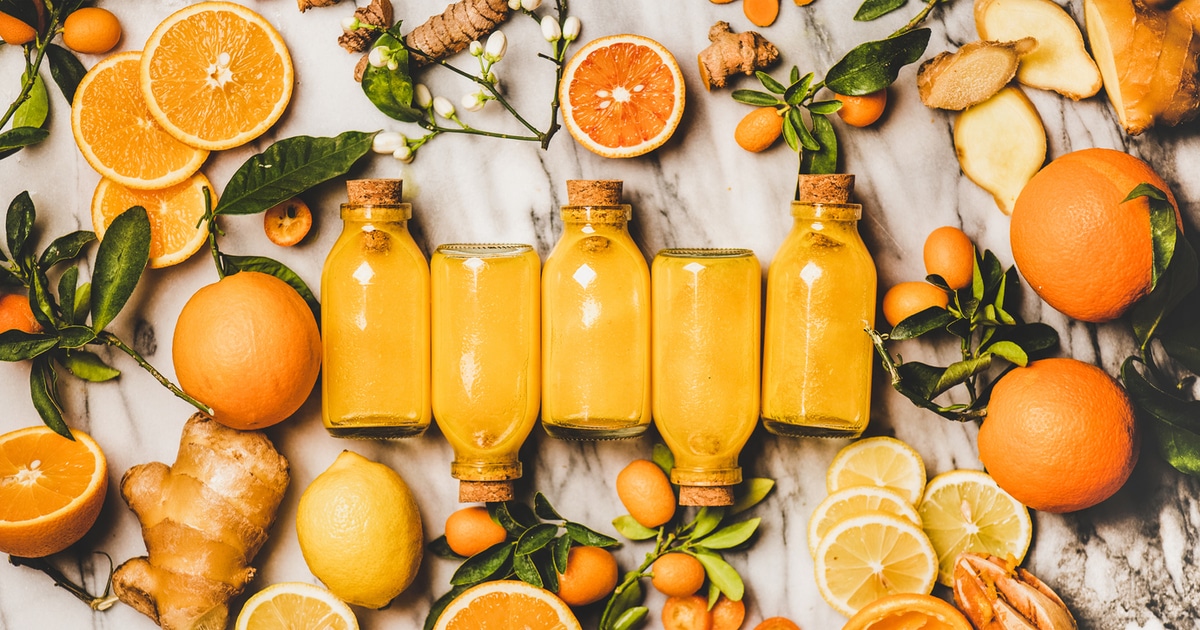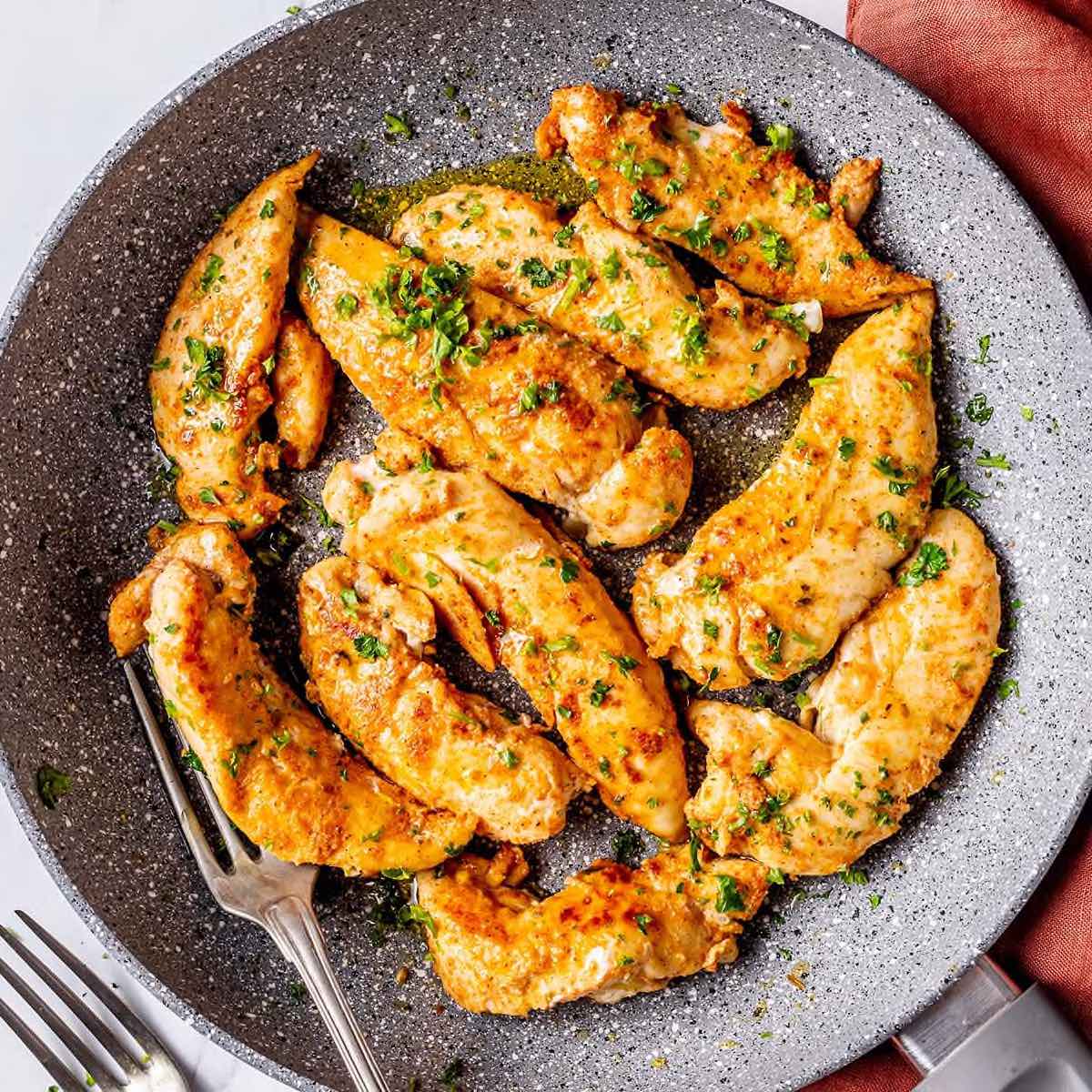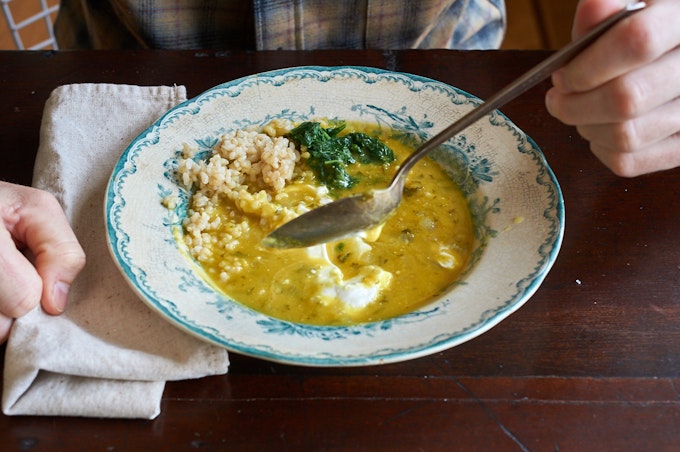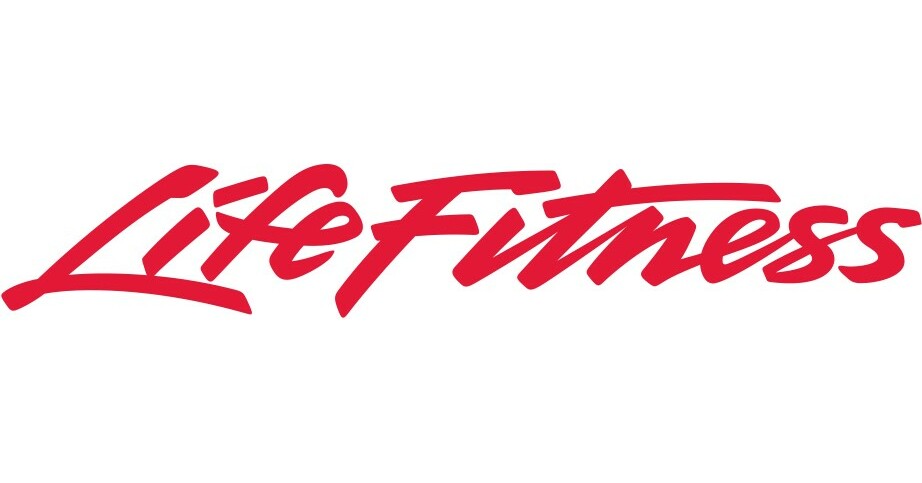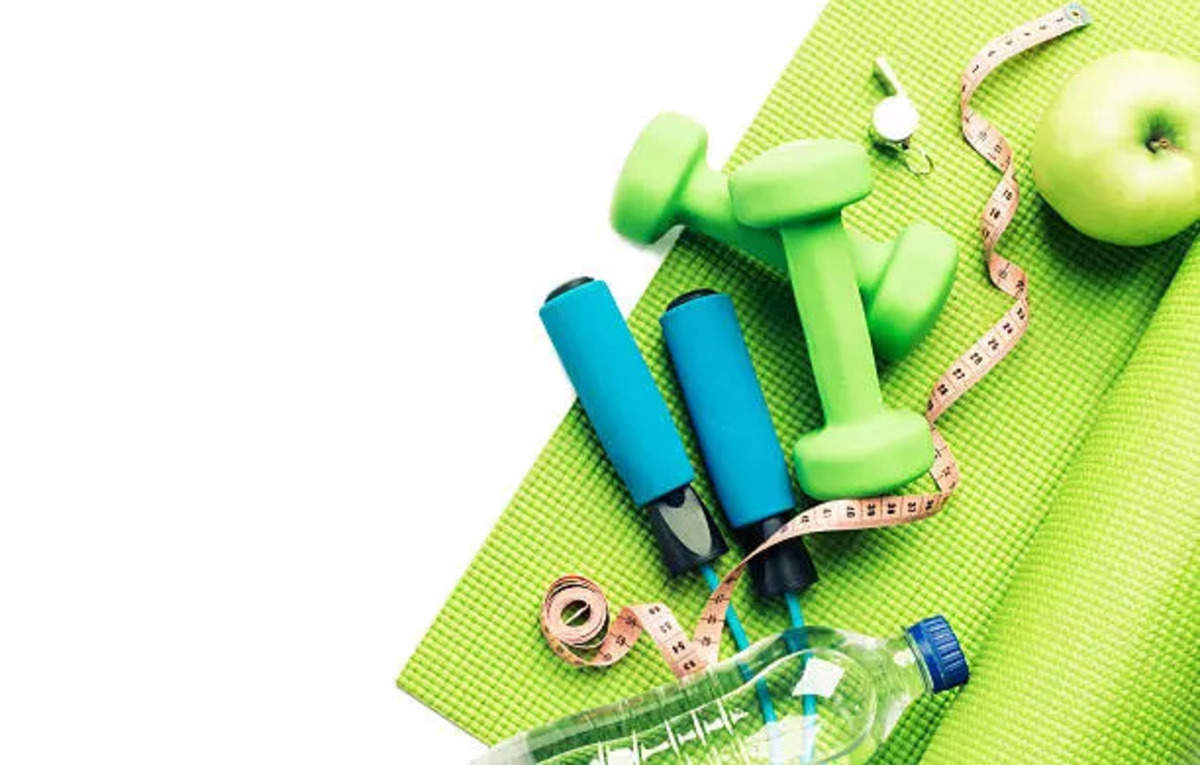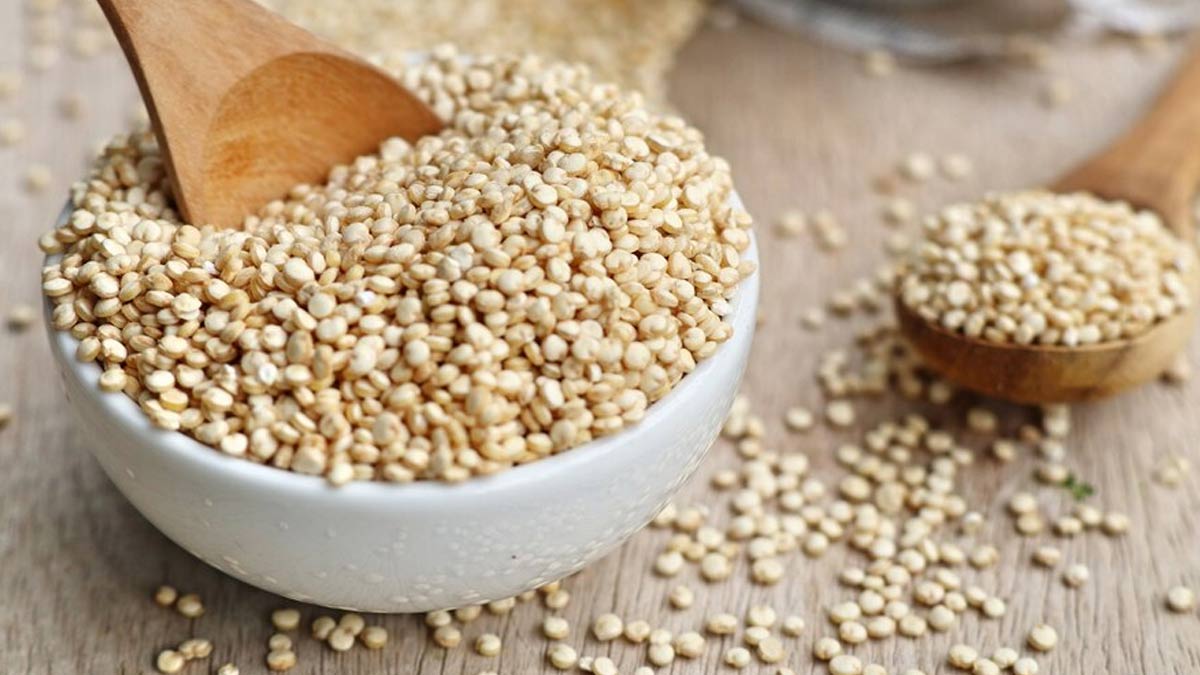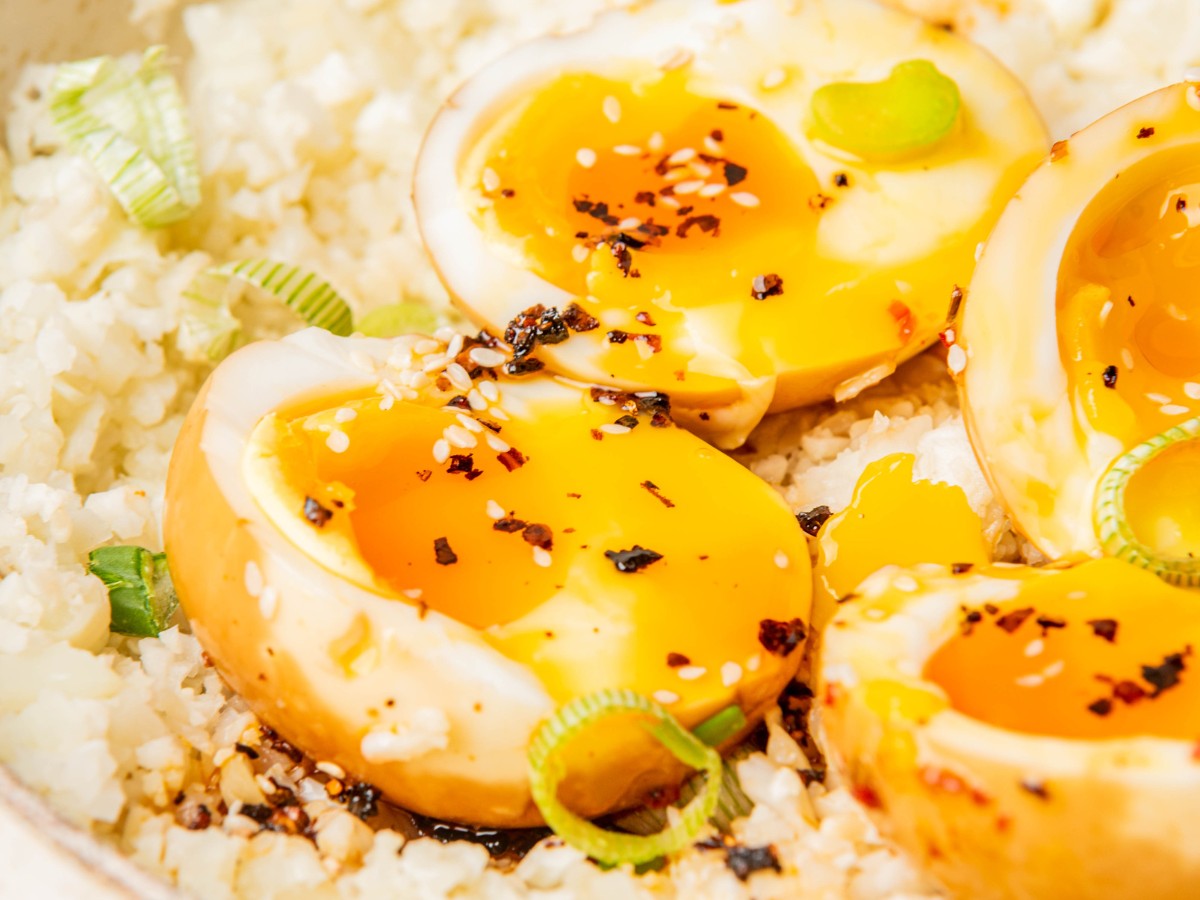
This sugar-free fudge recipe uses protein powder in place of powdered milk
![]() Hi there! I’m trying something a little different at Your Lighter Side. You told me that you want to see more helpful “cooking lessons, substitutions and tips.” This feature is meant to help with everything from cooking hacks, to kitchen replacements, to shortcuts and tips. I hope you like it! Please leave me a comment below and let me know what you’d like me to share next! Now let’s cut it up!
Hi there! I’m trying something a little different at Your Lighter Side. You told me that you want to see more helpful “cooking lessons, substitutions and tips.” This feature is meant to help with everything from cooking hacks, to kitchen replacements, to shortcuts and tips. I hope you like it! Please leave me a comment below and let me know what you’d like me to share next! Now let’s cut it up!
Ever look at yourself in the mirror and think, “In front of me stands the most talented, handy kitchen mistress diva goddess who has ever lifted a spatula and worked a Hello Kitty apron.”
Me neither. Well, save for the Hello Kitty apron part.
Thankfully, no one said you had to become a diligent pupil of Top Chef, or hug tight the ankles of Gordon Ramsay to make your way around the kitchen.
Case in point: powdered milk.
If you’re watching your carbohydrates, are lactose intolerant, or just don’t want to keep the stuff around because you have too many sullen memories of drinking it as a kid when the money ran low (to extend the milk), fear not, for I bring you good tidings of great powderless cow boob juice joy.
Unflavored, lactose-free whey or egg white protein powder behaves very similarly to dehydrated milk in recipes.
In fact, ounce per ounce, both protein powder and dry milk contain almost the same amount of protein. What’s pretty remarkable, however, is while both protein powder and dry milk behave the same in a recipe, protein powder contains fewer carbohydrates and more fat (even though, the two differ by only 13 calories), which creates greater satisfaction, both in terms of hunger and taste.
In short, with protein powders, one enjoys all of the benefits and none of the bovine-laden problems.
Other bonuses of protein powders:
Increased Copper intake. 23% of your daily allowance. Since this mineral cannot be produced in the body, and we don’t think sucking pennies is good for you, copper is necessary for ensuring normal metabolic function.
Calcium to Crow about. 25% of your daily recommended allowance comes from an ounce of protein powder. While dry milk contains 35% of recommended daily totals, the benefits of calcium from the protein powder is greater, especially if you’re one of many lactose intolerant individuals.
Phosphorus Phun. 22% of your daily allowance. Important for maintaining healthy bones and teeth, hormone balance, and helping the body use incoming nutrients, phosphorous only barely squeaks in behind dry milk’s 28% of recommended daily allowances.
Vitamin A(aaaah). 13% of your daily allowance. Precisely the same amount as the daily percentages in dry milk, Vitamin A helps protect your immune system, protecting you from diseases caused by viruses. You’re too fabulous for viruses.
Crunching the cost.
While there is a distinct cost difference, you’ll never need much of the protein powder fabulousness in any given recipe.
Dry Milk: $5.50/pound
Designer Whey Protein Powder: $13/pound
What should you look for in a protein powder?
Cost. First and foremost, if you can’t afford it, it’s not much of an option for pantry stocking, now is it? I tend towards Designer Whey unflavored protein. It’s easy to use, comes in a large container, and it’s reasonably-priced, which means I can use it in more applications.
Ingredients. Is the powder made from egg whites? Whey? Are you allergic to either? Make sure you read the labels. No one wants to see you rushed to the ER with an epi pen sticking out of your butt because you wanted to make fudge but didn’t bother looking at the ingredients.
Taste. Remember the taste of dry milk? Protein powder is about the same in terms of flavor. Buying an unsweetened, unflavored whey protein, especially, will net the same flavor profile as the dry milk. It’s not a sexy flavor, but the good news is it doesn’t have to be.
Swap out the Dry Milk for Protein Powder to Make:
My suggestion? Use unsweetened protein powder and ditch the moo. You’ll udderly never miss it.




